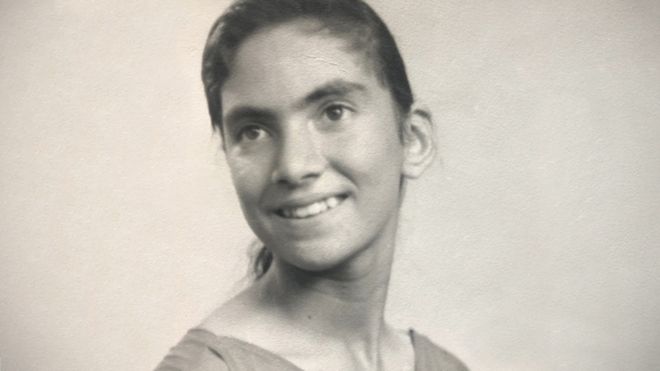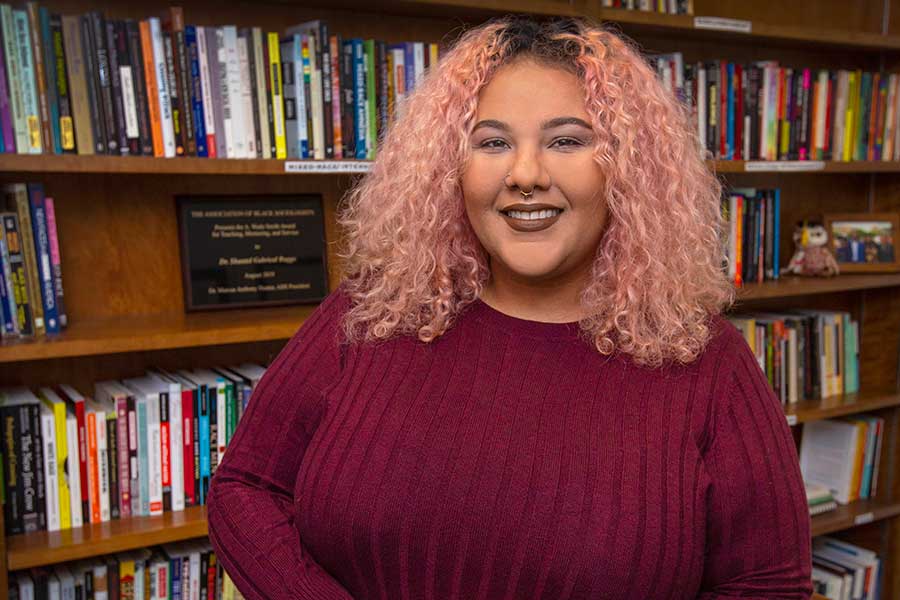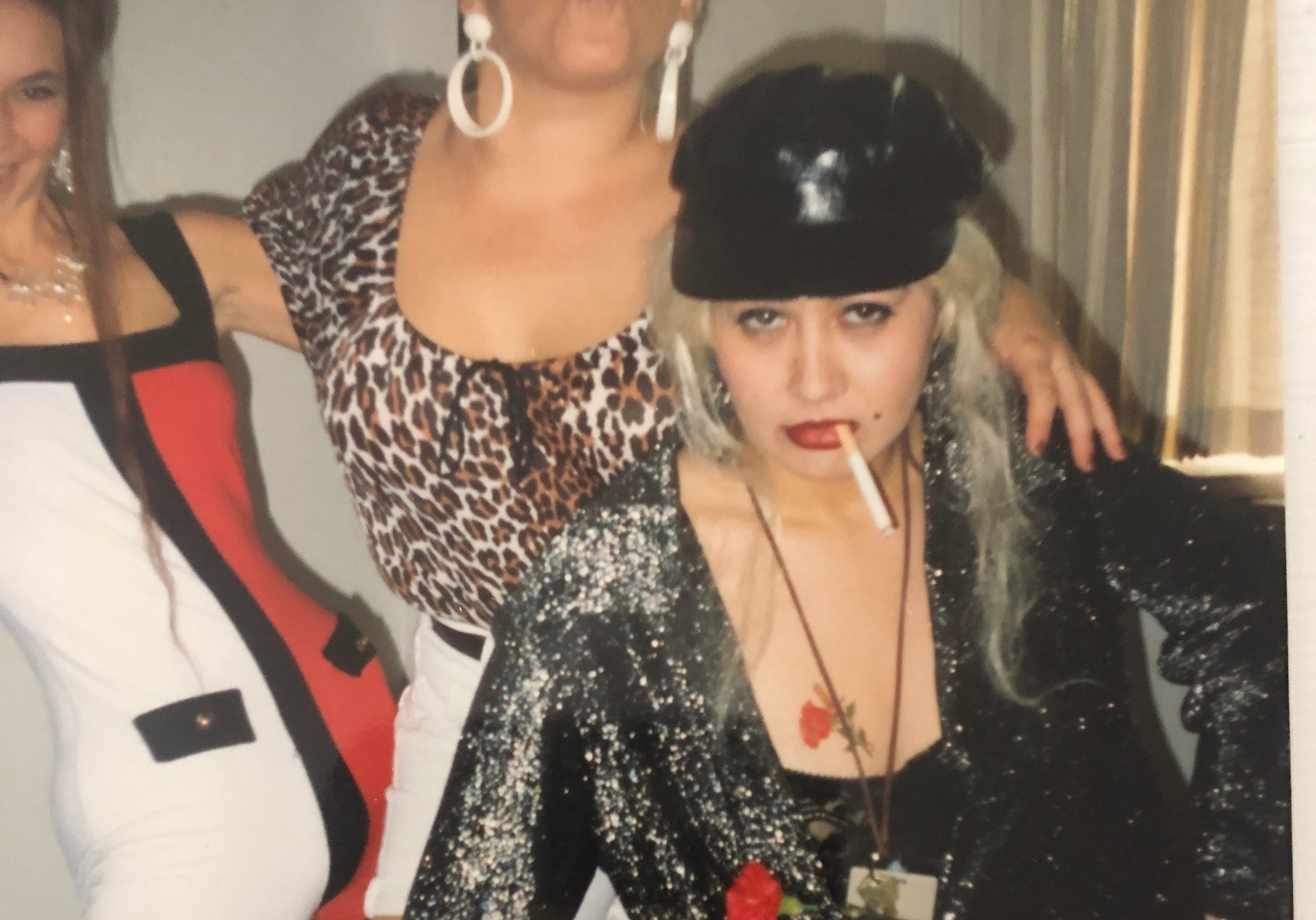The importance of learning to style my multiracial son’s hairPosted in Articles, Family/Parenting, Media Archive, United States on 2020-02-10 01:38Z by Steven |
The importance of learning to style my multiracial son’s hair
The Washington Post
2020-02-05

Nevin Martell and his son, Zephyr. (Indira Martell)
When I look at my son, Zephyr, I see a blend of his mother and me. His golden caramel skin is made with her browned butter and my heavy cream and white sugar. Both of us lent him elements for his face — her smile, my eyes. When he makes jokes, I hear echoes of myself, but when he laughs, it reminds me of my wife. He got her speed and my endurance.
Despite my paternal desire to see a piece of me in every part of him, soon after his birth I became convinced that somehow my genes played no role in the creation of his hair. He got that solely from his mother, whose tightly coiled curls require patient care and attention. All her diligent work pays off. From buns to braids to an Afro — whatever style she chooses elicits compliments. I have a head of straight strands, requiring little maintenance and styled in a fashion my barber calls a disconnected cut, which is appropriate given how little thought I give it.
As it began to grow into its curl pattern, Zephyr’s hair became less and less like my own. Though I tried, I never seemed to be able to dress or style it in the way he preferred. So, for the first few years of his life, it became solely his mother’s purview. Whenever it needed to be done, I would throw up my hands like a sitcom father from another era and exasperatedly declare to my wife, “You take care of it, because I can’t do it!”
“You’re perfectly capable,” she would always admonish me as she deftly coaxed his curls into place. “It’s not rocket science.”…
Read the entire article here.







